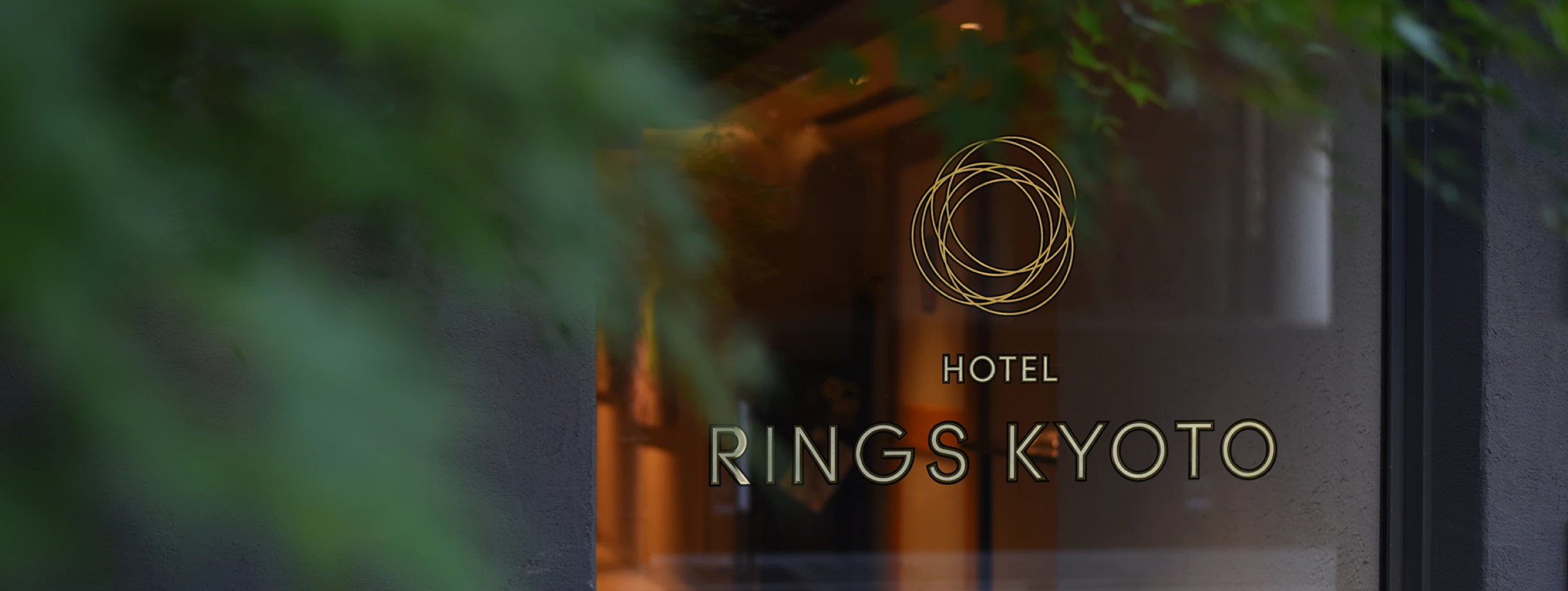HOTEL RINGS KYOTO
393 Kabutoya-cho, Sakai-machi-dori Rokkaku-sagaru, Nakagyo-ku, Kyoto City 604-8114 (Google Maps)
+81-75-746-2920
No parking available

393 Kabutoya-cho, Sakai-machi-dori Rokkaku-sagaru, Nakagyo-ku, Kyoto City 604-8114 (Google Maps)
+81-75-746-2920
No parking available
Approximately 9 minutes from Kyoto Station Karasuma Exit.

